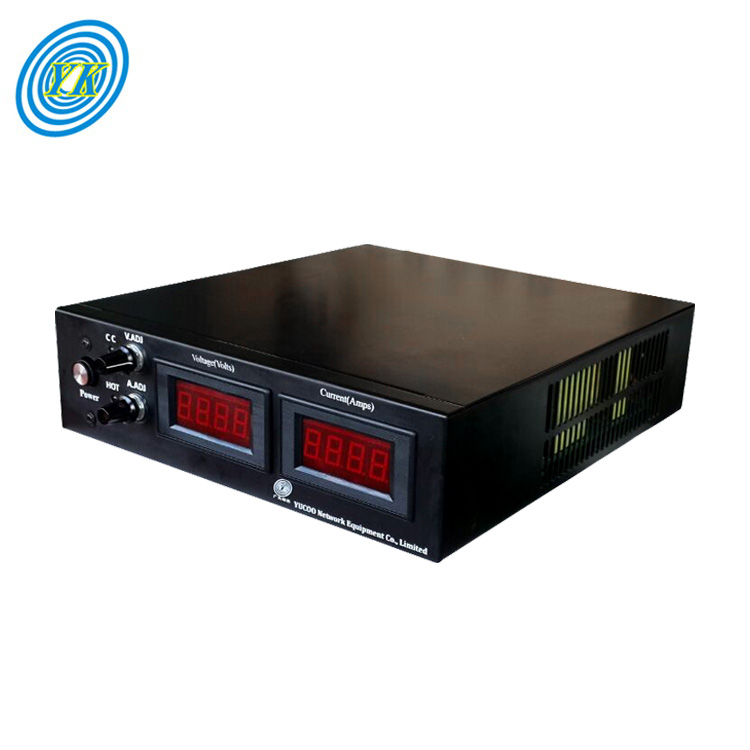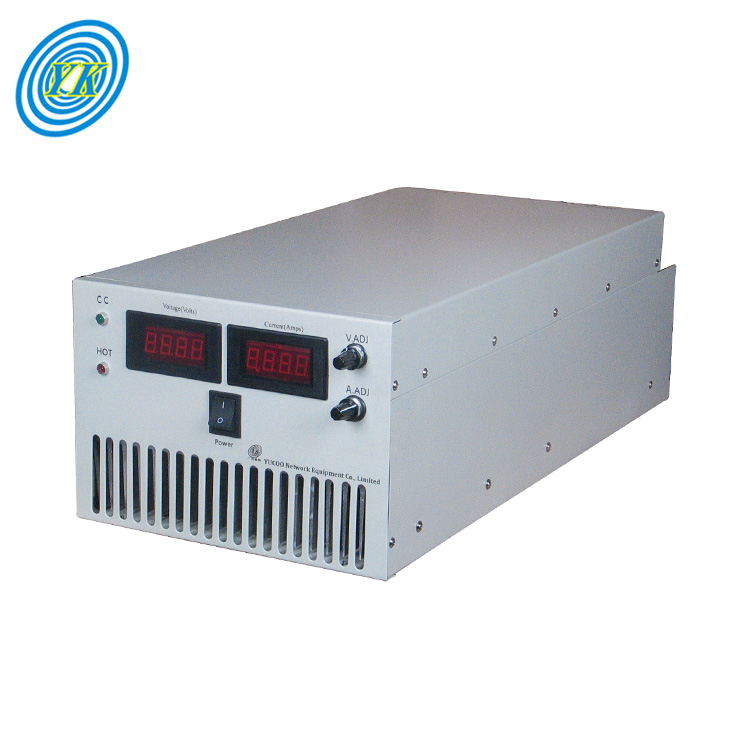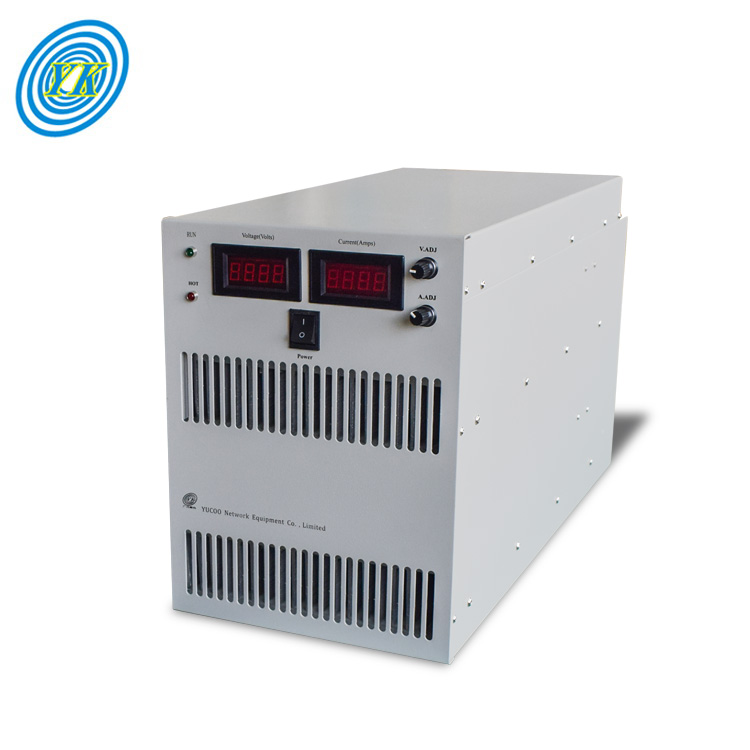News
Comprehensive Guide to Selecting and Utilizing Adjustable DC Power Supplies
Click: 723 Date: 01/10/2024 2::16::17 PM
Comprehensive Guide to Selecting and Utilizing Adjustable DC Power Supplies
Programmable power supplies are sophisticated devices that offer meticulous control over their output parameters. They are an indispensable asset in numerous applications where precise power regulation is necessary. Here's an overview of their features and capabilities based on the information from the sources:
Precision Control: Programmable power supplies deliver exact control over voltage and current, with some models allowing the setting of complex output profiles. This is crucial for applications that demand specific power conditions, such as testing electronic components or conducting research experiments.
Customizable Profiles and Automation: Users can tailor the power supply's output to the unique requirements of different devices or scenarios. Moreover, the ability to automate these power supplies through software enhances efficiency, reduces human error, and supports unattended operations.
Remote Operation and Interfaces: Many programmable power supplies come equipped with interfaces such as USB, Ethernet, or GPIB, enabling remote operation. This is particularly useful in situations where direct access to the power supply is limited or when remote monitoring and management are needed.
Safety Mechanisms: To prevent damage to connected devices, programmable power supplies often incorporate safety features like overvoltage and overcurrent protection. These mechanisms are designed to act swiftly in the event of a power surge or abnormal output conditions.
Efficiency and Energy Savings: High-efficiency designs are common in programmable power supplies, which not only minimize energy consumption but also reduce the heat generated by the device, contributing to a more sustainable operation.
When selecting a programmable power supply, it's essential to consider factors such as the voltage and current ranges, programmable features, output stability, and cooling methods. Whether you need a power supply for a laboratory setting, product development, or manufacturing tests, programmable power supplies offer the versatility and control necessary for a wide array of applications.
To address the topic of "Safety and Protection Features" for adjustable DC power supplies, we can highlight several critical elements that ensure the safe operation of these devices:
Overvoltage Protection: This feature helps prevent damage to both the power supply and the connected devices by shutting down the power or restricting the voltage output when it exceeds a predetermined threshold
Overcurrent and Short Circuit Protection: By monitoring the current flow, the power supply can disconnect the circuit if the current exceeds safe levels or if a short circuit is detected, thereby preventing potential damage or fire hazards
Thermal Management: Advanced power supplies are equipped with thermal shutdown mechanisms that automatically power down the unit or reduce its performance to prevent damage when excessive heat is detected
Ground Fault Interruption (GFI): GFI is designed to protect users from electric shock by interrupting the power supply when a fault current to ground is detected
Certification and Standards Compliance: Compliance with industry standards and certifications, such as UL listing, ensures that the power supply has passed rigorous safety tests and adheres to established safety guidelines
These features work together to create a robust safety net for adjustable DC power supplies, ensuring that they operate reliably and prevent harm to users and equipment in the event of a fault or abnormal operation.
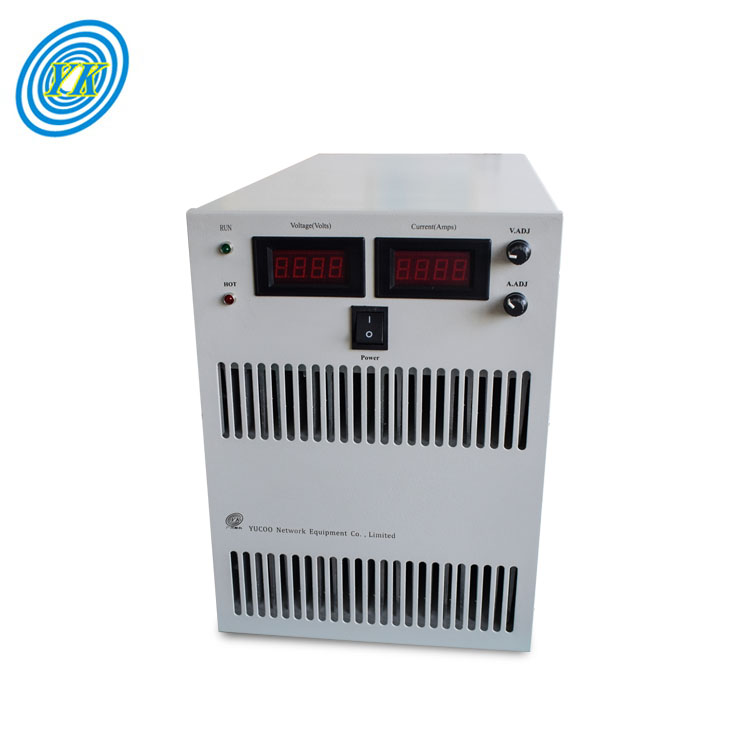
User-friendly interfaces in adjustable DC power supplies are designed to simplify programming and operational control. These interfaces often come with intuitive controls and clear visual indicators, making it easier for users to configure and modify supply parameters. With the advancement of digital remote control, users can automate repetitive tasks, record operational data, and synchronously control multiple power supplies or integrate their operation with other devices, as described by Matsusada Precision.
Moreover, the integration of standard programming languages and drivers, such as SCPI commands and IVI drivers, allows for increased portability and versatility across different devices. This standardization means that users can program devices without having to focus extensively on unique port configurations, as highlighted in the programming guide for remote control of power supplies by Matsusada Precision.
Furthermore, power supplies like the Rigol DP832 offer advanced features accessible through the front panel, such as timer functions, output waveform construction, and user-defined start-up interfaces. These features, along with remote control options via USB, LAN, GPIB, or RS232, cater to a range of user preferences for both local and remote operation. The inclusion of built-in help systems and the ability to lock keys to prevent inadvertent changes further improve the usability and safety of such instruments.
In summary, adjustable DC power supplies are becoming increasingly user-friendly with interfaces that support easy programming, enhanced safety features, and the ability to be controlled remotely. The development of software and the use of standardized commands contribute to a more accessible and efficient user experience.
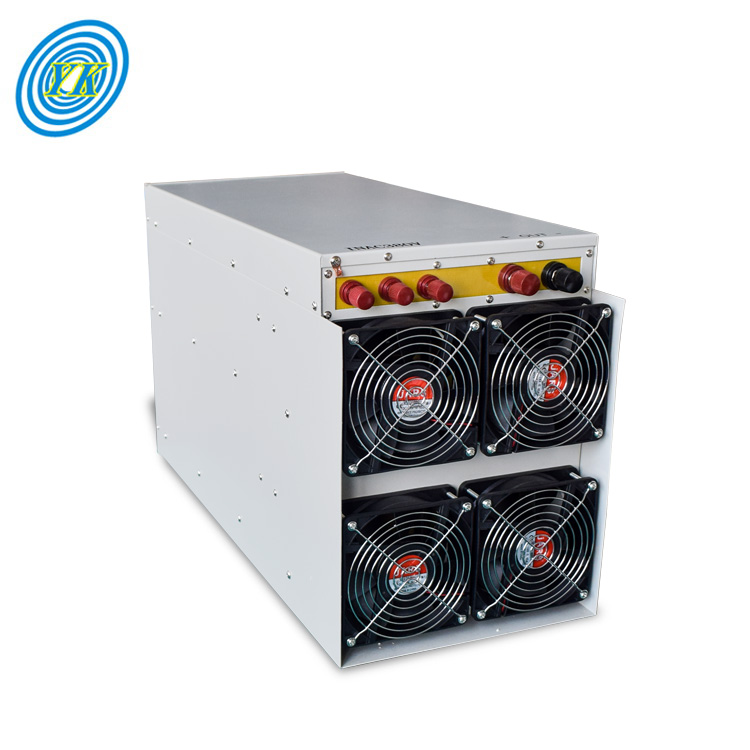
To ensure reliable performance and consistent power delivery from an adjustable DC power supply, it's imperative to focus on the following aspects:
Design Robustness and Conservative Approaches: The electrical design should be robust, incorporating conservative component specifications that exceed the minimum requirements. This would include accounting for potential load and line transients, as well as electromagnetic interference (EMI) and noise
Component Quality and Selection: High-quality components with proven reliability should be selected, considering their compatibility with both the design and the manufacturing process. Special attention should be given to components like capacitors, which are common failure points in power supplies
Thermal Management: Effective thermal management is crucial for maintaining component reliability. This involves careful planning of cooling strategies to minimize temperature rise and thermal cycling, which could otherwise accelerate component wear-out
Manufacturing Consistency: A consistent and controlled manufacturing process helps ensure that each power supply unit meets the intended design specifications and reliability standards
Reliability Testing and Assessment: Conducting thorough reliability testing, such as Highly Accelerated Life Testing (HALT) and Highly Accelerated Stress Screening (HASS), can help identify potential failure points and improve the overall reliability of the power supply
By addressing these key factors, manufacturers can deliver adjustable DC power supplies that offer stable, precise, and accurate performance, which is essential for a wide range of applications requiring dependable power delivery.
When considering the scalability and future-proofing of DC power supply systems, it's essential to examine options that can evolve with technological advancements and increasing power demands. Modular or rack-mounted power supplies present a strategic choice for organizations that anticipate growth or changes in their power supply needs.
Modular Systems: These power supplies are designed to be easily expanded by adding more modules to the existing framework, allowing for incremental increases in power capacity as needed. This approach minimizes the need for complete system overhauls when power requirements change, offering a cost-effective and less disruptive pathway to scaling up power infrastructure.
Rack-Mounted Power Supplies: Rack-mounted options offer a high degree of integration and are typically designed to fit standard equipment racks. This standardization allows for better space utilization and easier upgrades, as these units can be swapped out or added to without significant modifications to the existing setup.
High-Performance Rackmount DC Power Supplies: Products in this category aim to deliver a blend of compactness, low noise, and high power. They can accommodate a variety of applications, from industrial to communication fields, with the adaptability to support emerging technologies such as electric vehicles and advanced semiconductor processes.
Programmable and Autoranging Features: Some rack-mounted power supplies come with autoranging capabilities and programmability, which allows for flexible power management and the ability to simulate different power scenarios. This adaptability is crucial for research and development as well as for testing a wide range of devices under various conditions.
High Power in a Single Rack: Certain power supplies can deliver up to 120 kW of power within a single rack configuration. This high power density is particularly beneficial for data centers and other applications where space is at a premium and power needs are substantial.
In summary, the scalability and future-proofing of power supply systems are significantly enhanced by modular designs and rack-mount configurations that accommodate evolving technology and power demands. These systems offer a way to maintain a robust power supply infrastructure that can adapt to future needs without extensive overhauls, ensuring operational continuity and cost-efficiency.
